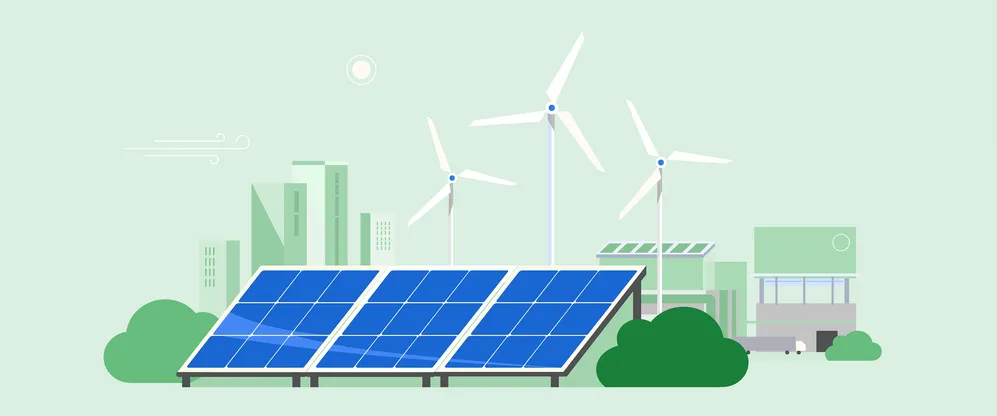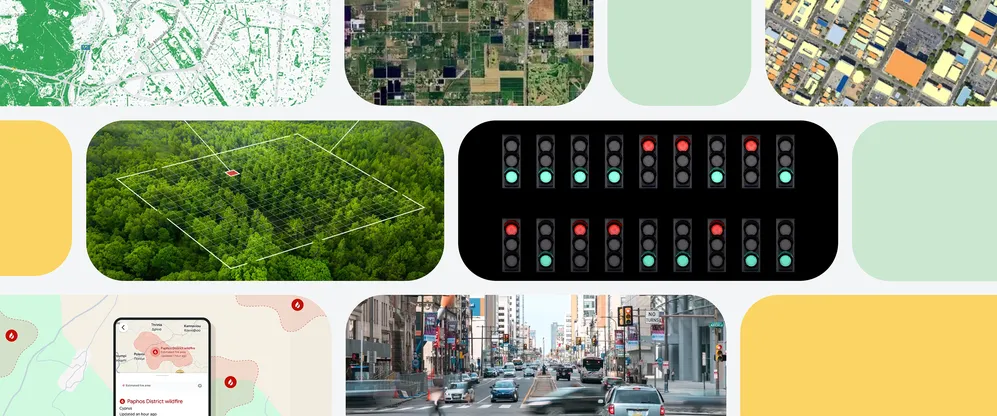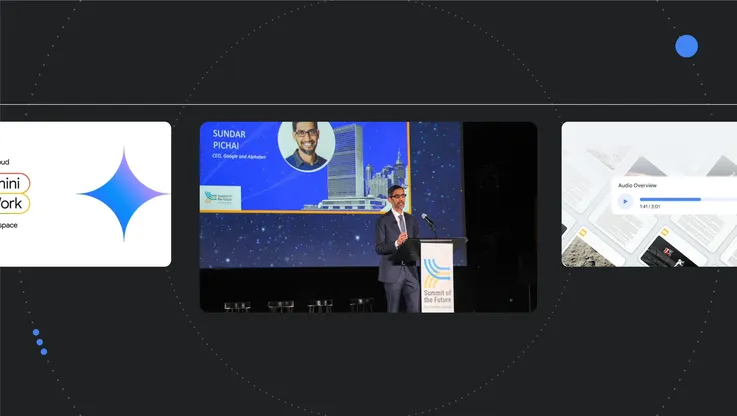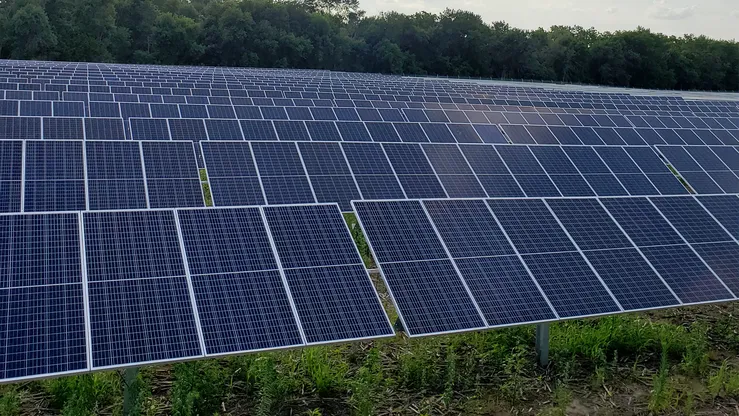How we're supporting our commitment to water stewardship

In 2021, we announced our water stewardship target to replenish 120% of the freshwater volume we consume, on average, across our offices and data centers by 2030. Today, for World Water Day, we're sharing a look at four partnerships underway.
Revitalizing floodplains in California’s Central Valley
California's Central Valley is a vital agricultural region, but it faces frequent droughts and floods which climate change is intensifying. Ongoing groundwater depletion threatens water supplies in the region.
Typically, levees and berms were built to safeguard cities and farmland from floodwaters, but they also disconnected rivers from their floodplains. Preventing rivers from being able to flow freely has stopped the natural process of replenishing groundwater. In some cases it’s made flooding worse and has caused other problems for the ecosystem across the Central Valley.
Our collaboration with River Partners aims to restore part of the Tuolumne River's connection to its natural floodplain. Together, we secured riverside farmland that was inundated with floodwaters for months in 2023 which decimated the crops being grown on the property. River Partners will begin to restore the floodplain with thousands of native trees and plants and reconnect the floodplain with the Tuolumne River. This will rebuild the habitat for a range of imperiled species, including endangered Chinook salmon, steelhead trout, and a variety of migratory waterfowl; reduce water demand; help recharge local aquifers; and improve flood safety for the surrounding community.

Soil moisture sample and Kilimo's irrigation management app (Photo credit: Kilimo)
Smart irrigation in Chile’s Maipo River basin
Chile's Maipo River is a lifeline in a semi-arid region. Beginning in the Andes, it flows through the bustling city of Santiago and provides water for drinking and agriculture for a staggering 40% of Chile's population. But the ability to meet demands for freshwater from a strained supply is a growing concern.
Smart irrigation technology holds a key to improving agricultural water efficiency, reducing the amount of water wasted in the basin. It can boost farm productivity while reducing water demand and protecting precious and increasingly stressed water resources. Smart irrigation projects are on the rise in the Maipo River basin, but wider adoption is critical to achieving large scale outcomes that improve watershed health.
Our partnership with the Bonneville Environmental Foundation (BEF) and Kilimo brings AI-powered irrigation management to 800 hectares in the basin. Kilimo's solution uses satellite data, soil moisture readings, and weather information to provide farmers with real-time irrigation recommendations through an app on their phones. The recommendations help farmers know when their crops need water and saves them from wasting water when they don't.
Water management in the Netherlands
The Netherlands faces a growing water crisis as climate change intensifies freshwater scarcity, rising sea levels, and salt intrusion into coastal farmlands. We're partnering with BEF and Acacia Water on two innovative solutions to improve water resilience.
In Groningen, Acacia Water is collaborating with Fixeau to use technology to track salt levels in the water and make sure they don’t rise to a level that would impact crop production. A handheld meter with a sensor is held in the water and real-time data informs how and when freshwater is needed to flush out salts. If successful, this model could revolutionize water management nationwide.
On the island of Texel, farms rely on rainwater as their sole source of freshwater and irrigation is banned. We are collaborating with Acacia Water on a project to create underground storage of excess rainwater during the fall for use during dry summers. We're expanding this aquifer storage and recovery system to help the system collect more water. As climate change intensifies, this model has the potential to become vital for securing the Netherlands' agricultural future.

Oriental storks in a flooded rice paddy
Improving wetland biodiversity in Japan
In 2012 the Watarase basin, a vibrant wetland north of Tokyo, earned its prestigious Ramsar designation. It's a haven for over 1,000 plant species and countless birds, including the once-extinct Oriental Stork — a symbol of the Basin's ecological revival. Surprisingly, this wildlife sanctuary was born from Japan's industrial era — created to retain stormwater runoff — and is now used to manage floods at the meeting point of three rivers. Today, it's not only a wildlife refuge, but a place for recreation and vital flood control for the Tone River.
Our partnership with the Ramsar Network Japan aims to preserve and enhance the Watarase Basin's precious wetlands by removing built-up sediment to restore and expand the wetlands habitat. The Basin's storks and other wildlife depend on surrounding rice paddies for food, but the food available is threatened by regular draining of the fields by local farmers. We're partnering with these farmers to create small ponds and to help provide year-round food sources for wildlife.
The global water crisis calls for local action. We're proud to support organizations actively safeguarding watersheds through diverse solutions and aiming to build a future where both people and nature have the water they need to thrive.







